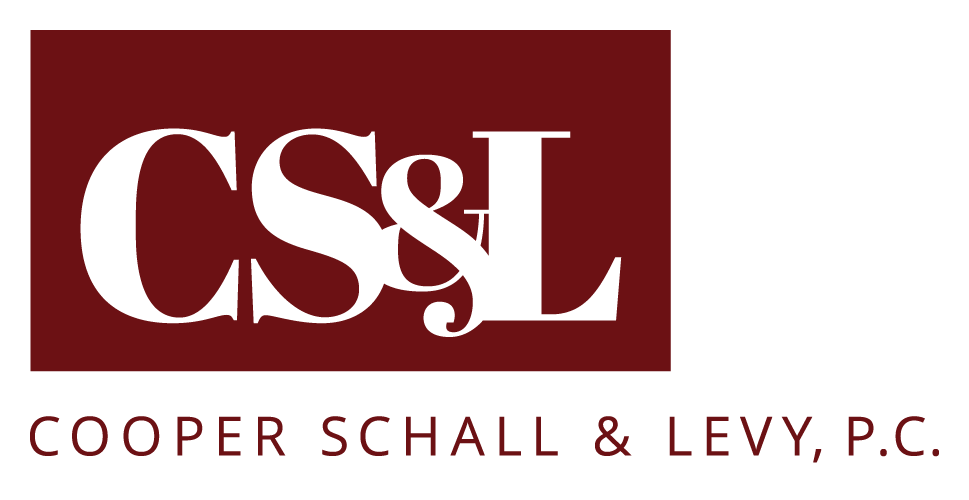All Pennsylvania motorists are required to carry automobile insurance, but a surprising number fail to do so. Some estimates show that up to 7% of drivers – a substantial number of vehicles on the road – have no insurance at all. Still, others carry only the minimum coverage amounts required by law, which may be woefully inadequate in the event of a serious accident. For these reasons, insurance companies offer drivers the option of purchasing under/uninsured accident coverage.
The attorneys of Cooper Schall & Levy help their clients understand the benefits of this insurance and how to make a claim in the event they are hurt in an accident. If you have questions about underinsured and uninsured motorist coverage, give us a call today.
What Is Under/Uninsured Motorist Accident Coverage?
Pennsylvania law requires automobile insurance companies doing business in the state to offer drivers underinsured and uninsured motorist coverage. This insurance is activated in the event a driver gets into an accident with you and either does not have insurance or does not have enough insurance to cover your losses. Coverage under these policies is pursued through your insurance company.
You are not required to carry underinsured or uninsured motorist coverage, but it is strongly recommended. If you choose not to carry these types of insurance, you are required to affirmatively waive it. Before declining this coverage, drivers should understand the benefits of both.
Benefits Of Underinsured Coverage
Not all drivers carry sufficient insurance in the event they cause an automobile accident. Medical costs and numerous other losses can well exceed the limits on their policies. To protect yourself from a driver who doesn’t carry enough insurance, you can purchase underinsured coverage through your insurer.
Let’s say you get into an accident with losses of $100,000. But the at-fault driver only has $15,000 of liability coverage. If you have underinsured coverage on your policy, and there is enough available coverage to account for the $85,000 difference, you can pursue a claim through your insurance company.
How To Pursue An Underinsured Claim
The victim’s underinsured motorist claim may apply when their medical bills, injuries, and other damages exceed the policy limits carried by the at-fault driver. Once all losses are totaled and it is determined that the liable driver’s policy cannot cover it all, that individual is deemed underinsured.
Before making a claim against your insurer, you have to first exhaust all other applicable policies. Using the above example, you would first use the $15,000 of the at-fault driver’s coverage before turning to your underinsured policy.
Benefits Of Uninsured Coverage
Similarly, you may have a claim through your insurer if you get into an accident with an at-fault driver who has no insurance. This coverage also applies in the event the driver cannot be identified. For example, if there is a hit and run accident and the responsible driver cannot be located, you may file for coverage through your insurer.
How To Pursue An Uninsured Claim
Your first task is to show that the other driver either carries no automobile insurance or cannot be located. In a hit and run case, you may need to rely on the police report to prove the other driver fled the scene. This is why in every accident case, it is critical to call the police when you are able.
The second step is to prove that the other driver is at fault for the accident. Finally, you have to show how much the accident is worth. These steps may require some investigative work. But the real test is whether your insurance company will cover your underinsured/uninsured accident for the reasonable value of your damages.
Challenges With Under/Uninsured Accident Coverage
Drivers are likely to face one of two challenges when it comes to invoking their underinsured/uninsured coverage: denial of coverage and undervaluing claims.
Denials can take several forms. Your insurance company may claim that you don’t have the coverage, in which case they would need to produce evidence you signed the required waiver. Even then, an attorney may be able to challenge the waiver if it was not legally sufficient. Your insurer may also claim you have not yet exhausted the at-fault driver’s policy.
Some accidents are clearly not your fault, but you may still be faced with a claim denial from your insurer. Your insurance company may even deny coverage after a hit and run accident, which is obviously caused by the driver who fled the scene. At the end of the day, insurance companies are businesses, so you cannot even count on your own insurer to look out for your best interests.
In other cases, insurers do not properly value claims. This is simply because they don’t want to pay. Your insurer may undervalue the extent of your medical bills or claim that you don’t need the treatments you do. This is a common point of contention with insurance companies. If it becomes clear your insurer is refusing to pay your reasonable losses, contact an attorney.
Time Limits To File Your Under/Uninsured Accident Claim
Lawsuits involving underinsured/uninsured coverage disputes are contractual in nature and are therefore subject to a four-year statute of limitations. This four-year clock begins to run from the time you realize you will need to invoke your policy. For a hit and run claim, that means it begins when the driver flees the scene. For an uninsured claim, it starts when the victim finds out the at-fault driver has no insurance. Finally, for an underinsured claim, the clock begins to run when the victim’s insurer denies the underinsured claim.
Contact Our Philadelphia Under/Uninsured Motorist Accident Attorney Today
Insurance companies are notorious for using bad faith tactics to avoid paying claims on policies – if they even honor those policies at all. If you’ve been hurt by another driver, don’t wait to take action. Let the dedicated automobile accident attorneys of Cooper Schall & Levy go to work for you today. Call us to discuss your case.
Cooper Schall & Levy personal injury lawyers serve Philadelphia, Pennsylvania as well as neighboring counties such as Montgomery County and Delaware County and cover neighborhoods such as Norristown and Drexel Hill.


